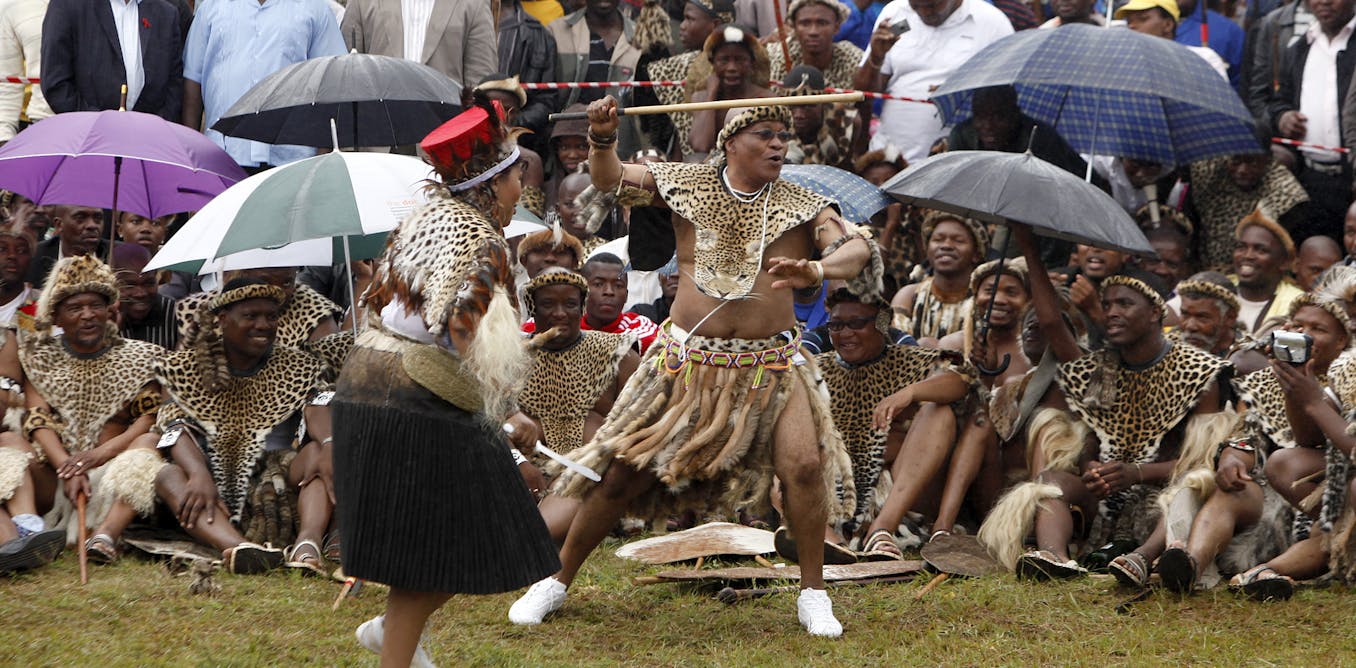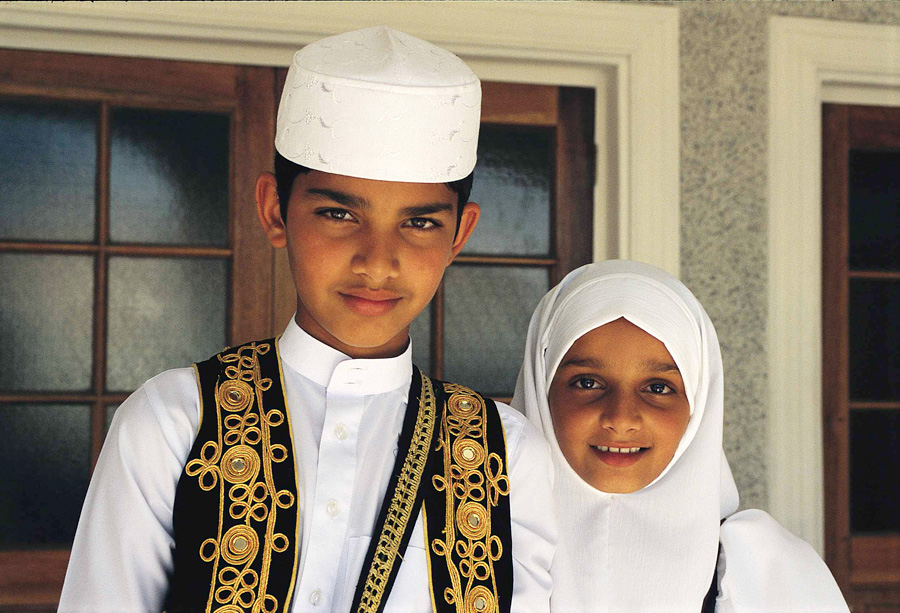Not known Factual Statements About South African Culture Today
Not known Factual Statements About South African Culture Today
Blog Article
The Definitive Guide for South African Culture Today
Table of ContentsThe 7-Second Trick For South African Culture TodayThe Basic Principles Of South African Culture Today The 5-Second Trick For South African Culture TodaySouth African Culture Today Things To Know Before You BuySouth African Culture Today Things To Know Before You BuyAn Unbiased View of South African Culture Today
A matter of significance in Zambian villages is the passing away of liked ones. All members of the village put money, time and effort together for the funeral of the deceased.Music and dancing is an extremely vital facet of the Zambian culture. The different tribal systems have their own dancing forms; nonetheless, makishi is typical amongst all people.
Rumored Buzz on South African Culture Today
When it involves music, drums are utilized one of the most, with a selection of drumming ceremonies. In Zambia, bulk of the individuals are Christian; Protestant and Roman Catholic. There are little groups of Muslims and Hindus, with the rest adhering to regional native tribal ideas.

South African heritage and society is exceptionally varied, and is composed of many various teams of people that each have their very own practices and ideas. Having such a diversity of people and societies is what makes South Africa so special. In the real feeling of the expression, we are a rainbow country.
South Africa has approximately three hundred thousand Portuguese individuals staying in it. Making it the 7th on the listing of nations with the most Portuguese people in it outside of Portugal. Portuguese is not only a society, but it is additionally a language and a nationality. Portuguese people originate from the country of Portugal in Europe, however, due to Portugal (like lots of other nations in Europe) exploring the world and dominating various other countries throughout the 15th 20th centuries, South Africa has what we call Portuguese South African's living in it.
South African Culture Today Fundamentals Explained
Among the popular attributes of the topography is a plateau that covers nearly two thirds of the center of the country. The plateau complex increases toward the southeast, where it climaxes in the Drakensberg variety, component of a cliff that divides the plateau from the coastal locations. The Drakensburg consists of Champagne Castle, the highest height in the country.
The area north of the Witwatersrand, called the bushveld, slopes downward from east to west towards the Limpopo River, which develops the worldwide boundary. The western area of the plateau, the middleveld, additionally descends in the direction of the west and differs in altitude in between the highveld and bushveld. In between the Drakensburg and the eastern and southern coastline, the land comes down to the sea.
Nearer the coastline there is a low-lying level called the eastern lowveld. Southwest of the plateau the country becomes gradually more arid, providing method to the hostile desert of the Great Karroo, bordered on the eastern by the reduced, better watered plateau of the Little Karroo. Separating the dry southern interior from the sandy littoral of the southerly coast and West Cape is one more array, the Langeberg.
Facts About South African Culture Today Revealed
The country's racially, ethnically, and politically separated background has actually created national and subnational signs that still operate as signs of the country, and others icons that are accepted only by particular groups. The monoliths to white inhabitant conquest and political prominence, such as the Afrikaner Voortrekker ("leader") Monolith in Pretoria and the Rhodes Monument recognizing the British colonial empire contractor and Cape head of state Cecil Rhodes, continue to be sectarian signs.
The initial modern-day occupants were the San ("bushman") hunter-gatherers and check my source the Khoi ("Hottentot") peoples, who herded livestock (South African culture today). The San might have existed for hundreds of years and left proof of their visibility in hundreds of ancient cavern paints ("rock art"). Bantu-speaking clans that were the ancestors of the Nguni (today's amaZulu, amaXhosa, amaSwazi, and vaTsonga peoples) and Tswana-Sotho language groups (today's Batswana and Southern and Northern Basotho) moved down from east Africa as early as the fifteenth century

The 2 previous republics of the Orange go to this site Free State and Transvaal (South African Republic) were developed by Afrikaner settlers that beat and dispossessed the Basotho and Batswana. Lesotho would certainly have been forcibly included into the Orange Free State without the expansion of British protection in 1869. The best unification of the nation resulted from the South African War (18991902) in between the British and both Afrikaner republics, which reduced the country to mess up at the start of the twentieth century.
Afrikaners historically considered themselves the only real South Africans and, while giving full citizenship to all residents of European descent, rejected that standing to people of shade until the autonomous change of 1994. British South Africans keep a sense of social and social connection to Great Britain without weakening their identification as South Africans.
More About South African Culture Today
The variety and fragmentation within ethnic groups and the equilibrium of stress between those groups throughout the twentieth century prevented interethnic civil problem. While intergroup stress over sources, entitlements, and political supremacy stay, those disputes are as most likely to pit Zulu versus Zulu as Zulu against Xhosa or African against Afrikaner.
From colonial India, British sellers and administrators brought the rounded steel here are the findings ornamental roofs and slim shoelace work columns that still exemplify the outdoor patios of homes in towns and cities throughout the nation. Homes of prayer contribute an important building facet even in the tiniest towns. Along with the soaring steeples and timeless stonework of Afrikaans Dutch Reformed churches, Anglican churches, synagogues, mosques, and Hindu temples provide selection to the religious architectural scene.

Slaughtering and the brewing of standard grain beer are crucial in securing the participation and a good reputation of the ancestors who are thought about the guardians of excellent ton of money, prosperity, and well-being. Indian neighborhoods preserve their indigenous culinary practices and use them on Islamic and Hindu routine and ceremonial events. Afrikaners and Coloured people gather at weekend breaks and special events at multifamily bbqs called braais, where area bonds are reinforced.
Due to the fact that this was the primary financial business of both black Africans and white homesteaders, conflict between those groups centered on the possession of grazing land and animals. In 1867, the largest ruby down payments worldwide were found at Kimberley in the west central area. The wealth from those areas aided fund the exploitation of the biggest gold reef on the planet, which was uncovered on the Witwatersrand in 1886.
Examine This Report about South African Culture Today
This resulted in misconceptions and purposeful misrepresentation in the transactions of white inhabitants and federal government officials with African chiefs during the colonial period (South African culture today). In the facility of African books, some aspects of common and chiefly "tribal trust fund" land tenure were maintained, and also in white backwoods, forms of public period were still exercised in areas with African communities
After the democratic improvement of 1994, programs for land restitution, redistribution, and reform were instituted, but progression has actually been slow. The white minority still manages eighty percent of the land. Following agricultural land intrusions in Zimbabwe, the Department of Land Affairs has actually vowed to speed land redistribution.
Report this page